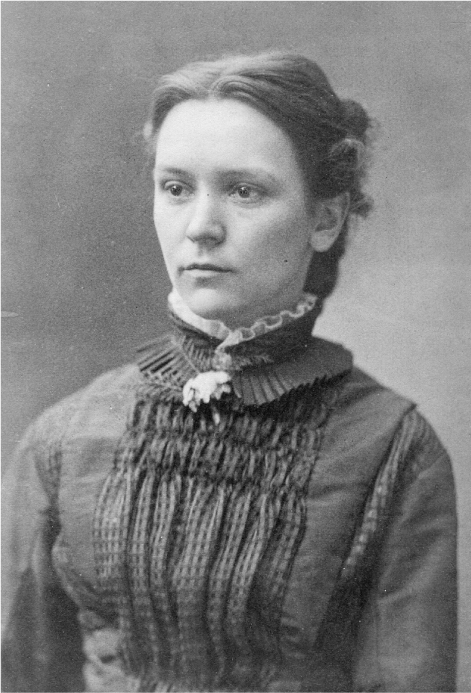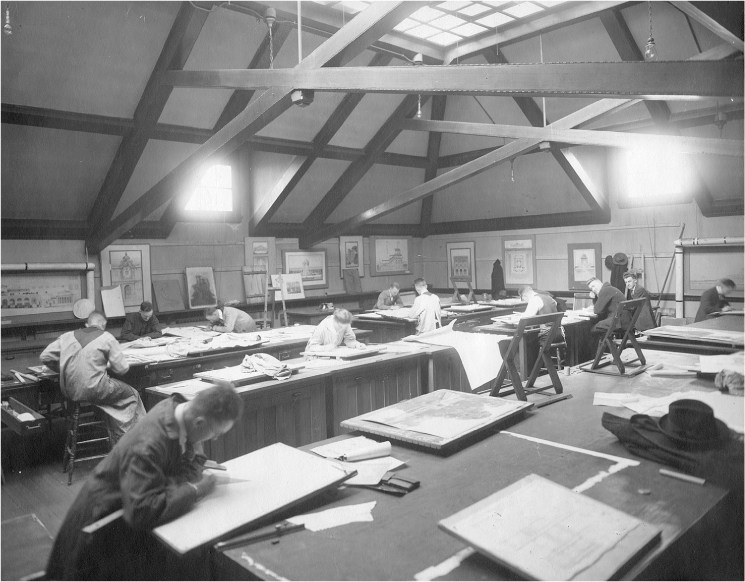Engineers Who Happen to Be Women
The First 150 Years
ANGELA S. WOLTERS and BETHANY G. ANDERSON
T he College of Engineering at the University of Illinois has its roots in the landgrant tradition. The passage of the Morrill Land-Grant Act of 1862 granted land to states for the establishment of colleges and universities dedicated to branches of learning related to agriculture and the mechanic arts. Five years later, Illinois Industrial University emerged as one of the thirty-seven original land-grant institutions in the United States. The Morrill Acts stated purpose was to promote the liberal and practical education of the industrial classes, a purpose Regent and first University President John Milton Gregory took to heart. Gregory envisioned an industrial education that included a rigorous engineering curriculum. Initially, this curriculum was offered through the Polytechnic Department, which comprised four schools: Mechanical Science and Art, Architecture and Fine Arts, Civil Engineering, and Mining and Metallurgy.
Twelve years later in 1885, the Illinois Industrial University became the University of Illinois. At that time, the College of Engineering comprised sixteen faculty members and eighty-six students. Engineering by the Universitys centennial in 1967 surpassed 100 with thousands more joining the engineering alumnae list by the schools sesquicentennial in 2017.
Nationally, many recognize the University of Illinois at Urbana-Champaignthe flagship institution of the State of Illinoisas a premier school for engineering education. In 2016, the University of Illinois awarded the second most bachelors degrees in engineering2,111of institutions in the country. Of those engineering alumni, women totaled 340, making them the seventh largest cohort of women receiving engineering degrees in the country. Also in 2016, the Colleges tenure/tenure-track faculty was comprised of seventy-six women, the third most of any institution in the country.
In the fall of 2017, the College of Engineering welcomed its largest class of freshmen women, 392, marking the representation of women at nearly 27 percent of the freshmen class.
Those alumnae and female faculty have, in turn, influenced not only the University of Illinois but also the greater society. A recounting of the first 150 years sets the stage to celebrate the stories, experiences, and influences of many alumnae, faculty, and students who shaped and were shaped by the College of Engineering at the University of Illinois.

Mary Louisa Page and the First Fifty Years: 1867 to 1917
Mary Louisa Page, the first woman student in the College of Engineering, began her studies in 1874. She was one of 89 female students on campus at the time, out of an undergraduate student body of 369. Within the College of Engineering, it was the field of architecture that drew the first women students, including Mary Louisa.
Born in 1849 in Metamora, Illinois, Mary Louisa attended Tremont Academy and Metamora High School before enrolling at the Illinois Industrial University. As a student, she was active in several groups and societies, including student government and the Alethanai Literary Society.
Though Mary Louisa was one of several women on campus, she was the only woman in her architecture classes. Despite that challenge, she earned her bachelor of science in architecture in 1879, becoming not only the first woman
FIGURE 1.1 Mary Louisa Page, 1878. Photo courtesy of the University of Illinois Archives at Urbana Champaign, image 0006020.
She did have a few counterparts tackling similar situations at other institutions, including Margaret Hicks who graduated from Cornell University in 1880 and Anne Graham Rockfellow who graduated from Massachusetts Institute of Technology (MIT) in 1887.
Following graduation, Mary Louisa established a drafting, blueprint, and abstracting service companyWhitman & Pagewith fellow classmate Robert
Over the years, Mary Louisa held a variety of positions. She served as a teacher in Washington State, as President of the Womens Christian Temperance Union in Washington (18951900), and as an instructor at Blue Printing and Abstracting in Olympia, Washington (Alumni Register, 1913, Record Series 11/1/828). She wrote, too; her article A Sketch from Life appeared in the Northwest Journal of Education.
By the 50th anniversary of the University in 1917, ten of the eleven women graduates of the College had been awarded bachelors degrees in architecture. Louise J. Prim Pellens (BS Architectural Decoration, 1909) left behind a Memory Book from her student days. The book contains pictures of Louise at her drafting desk, programs from various campus events including the Architectural Clubs Annual Banquet, and newspaper clippings about the social events of her sorority, Pi Beta Phi.
While not a student of architecture, Nellie Nancy Hornor also studied in the College of Engineering during this time. Nellie received both her bachelor and master of arts degrees in physics in 1912 and 1913, respectively. lists all eleven women.
Of the early architecture students, a few were highly notable contributors to the field, including Marion Manley. Marion, the only woman in her 1917 graduating class, chose to study architecture because she wanted to work in a field that allowed her to use both her brain and hands.
After graduation, she joined her brother in Miami, Florida, A year later, she became the second woman licensed to practice architecture in Florida, and eight years after that she became the thirteenth female member of the American Institute of Architects (AIA). By that time, she had begun to design bigger projects, including Miamis U.S. Post Office and Federal Building.
FIGURE 1.2 Marion Manley at her drafting table, 1917. Photo courtesy of the University of Illinois Archives at Urbana Champaign, image 0003922.
While she designed over one hundred residences and commercial buildings over her sixty-year career, she is most recognized for her collaboration with Robert Law Weed on the master plan for the Coral Gables campus of the University of Miami as well as her design work on several campus buildings. Approximately forty years into her career, the AIA named her as the fourth woman fellow, a recognition given to those who have contributed significantly with a standard of excellence to the field of architecture, and she is referred to as Miamis First Woman Architect.
The real-world contributions of graduates like Mary Louisa Page and Marion Manley helped women see a place for themselves in the study of fields that were deemed masculine. Over the next fifty years, more women from other subject areas began to join the College.

The Next Fifty Years: 1918 to 1967
During this time period, the College of Engineering saw a rise in the numbers of women students, as well as in the milestones achieved by women students and faculty both, even as the college itself continued to evolve. New departmentssuch as ceramics, electrical, municipal and sanitary, and railway engineeringemerged in parallel with the technologies and professional exigencies of the time. And the Colleges departmental structure shifted as the worlds needs changed. The Department of Railway Engineering, for example, had been created in 1906 to provide training of a scientific character for those who wish to prepare themselves for the engineering, motive-power, traffic, or operating departments of either steam or electric railways.

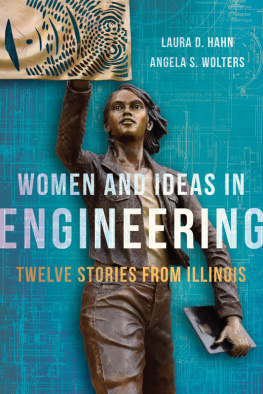
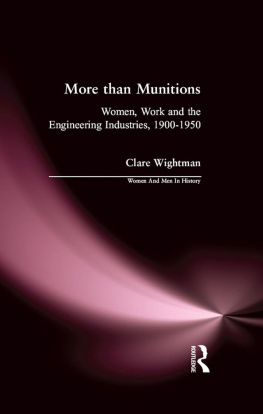

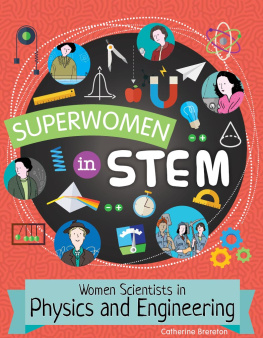

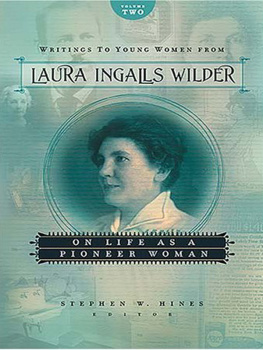
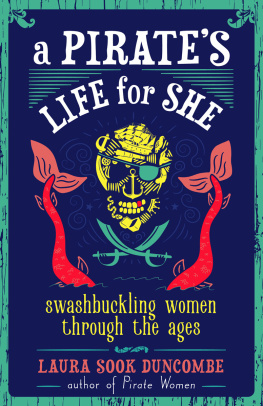
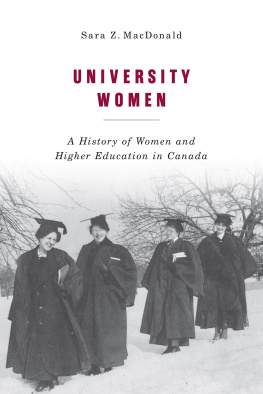

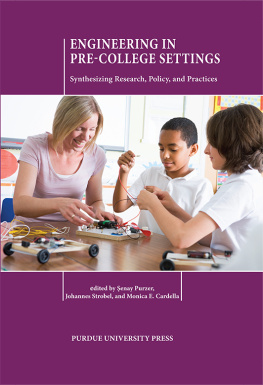
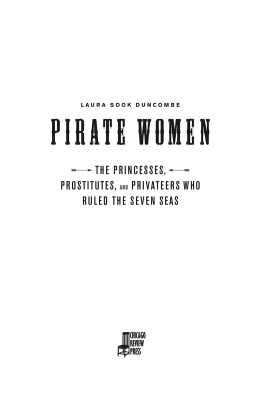

 Mary Louisa Page and the First Fifty Years: 1867 to 1917
Mary Louisa Page and the First Fifty Years: 1867 to 1917